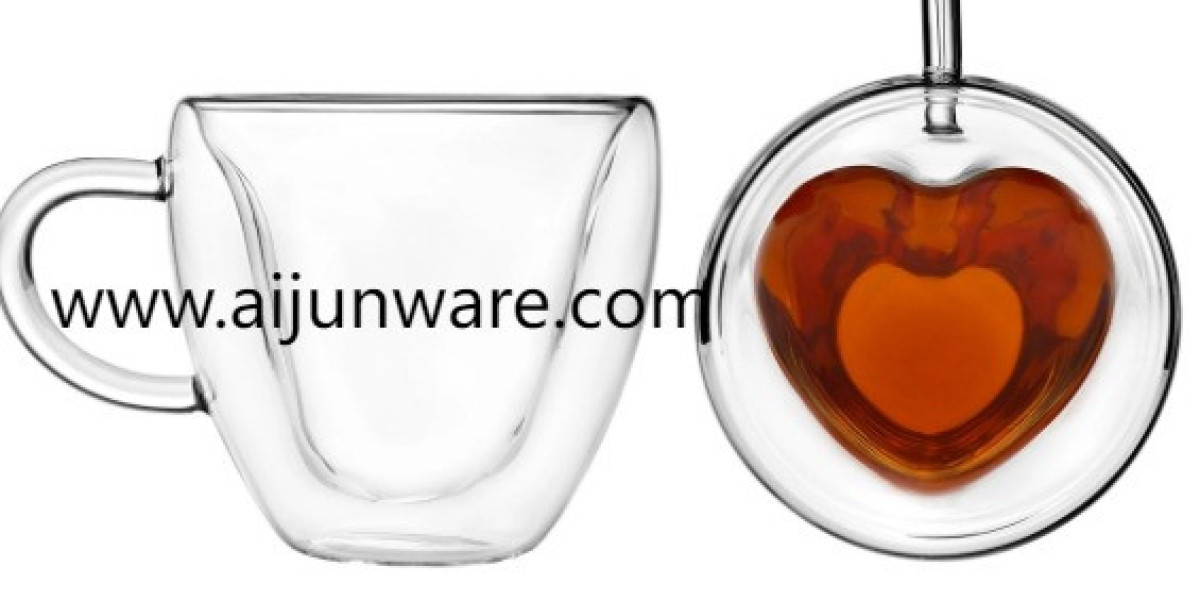A quick sip should never mean a burnt thumb, and the Double Layer Coffee Mug Factory trains attention on how layered construction keeps hands safe while drinks stay warm. Double wall mugs use a smart combination of materials and geometry so the outside stays touchable even when the interior holds very hot liquid. With more people commuting again and conversations about safe reusable gear appearing in public discussion, choosing a mug that protects hands is a small safety decision that pays daily.
At the core of the protection is the double wall cavity. That gap reduces heat flow by interrupting the usual paths—conduction and convection—so warmth stays inside rather than traveling to the outer shell. Some makers go further with a vacuum between walls which sharply reduces air molecules that normally ferry heat outward. The result is an exterior that remains pleasantly cool and a drinking surface that limits accidental burns when you lift the mug.
Rim and handle design are practical partners to insulation. A thoughtfully rounded lip prevents hot liquid from pooling at the edge and reduces splash risk when you take a sip. Handles are shaped and offset to keep fingers away from the hottest zone; a wider loop gives room for gloved hands in cold weather while a subtle thumb rest stabilizes the grip. For commuters who juggle bags and devices, a stable handle turns a potentially hazardous quick sip into a safe, one handed move.
Material choices matter beyond thermal physics. Stainless steel interiors resist stains and do not leach flavors, while outer finishes range from powder coat to soft touch sleeves that add tactile grip and thermal comfort. A soft sleeve also absorbs tiny impacts and prevents heat transfer when you set the mug down on a lap or bare surface. Where lids are concerned, a well engineered seal that minimizes steam escape at the opening keeps heat inside and the exterior cooler.
Testing under realistic conditions shows how safety features behave in the real world. Designers evaluate mugs under tilts, short drops into bags, and repeated temperature cycles to ensure that seals hold and exteriors do not become unexpectedly hot. Real user reports often highlight which rim shapes and lid types avoid dribbles during commutes and which handles feel confident during one handed use. Those practical notes guide improvements in next generation models.
Simple habits increase protection too. Let a very hot fill stand for a short moment before sealing the lid, and use the handle when passing through doorways or crowded areas. Routine maintenance of lids and gaskets keeps valves operating smoothly; a sticky vent or a misshapen gasket can cause pressure related spurts that lead to scalds. Replace worn seals promptly so a long lived mug continues to behave as designed.
Designers also think about accessibility and inclusivity. A low force lid action helps users with limited grip strength open a mug safely, and wide handles accommodate different hand shapes without forcing risky grips. These choices matter for workplaces and shared spaces where many hands interact with the same sort of gear.
Finally, material longevity and sustainable use feed into safety. A durable double layer mug that you keep and service reduces the turnover of disposable cups and lowers exposure to lower quality single use materials. When people discuss healthier routines and safer daily gear online, mugs that combine insulation with intentional handles and serviceable lids often earn steady attention. If you want a mug that keeps hot drinks where they belong and your hands comfortable while you move, check design notes on inner finish, lid geometry and handle ergonomics so the model matches how you live. For product options and care details visit www.aijunware.com/product/ .








